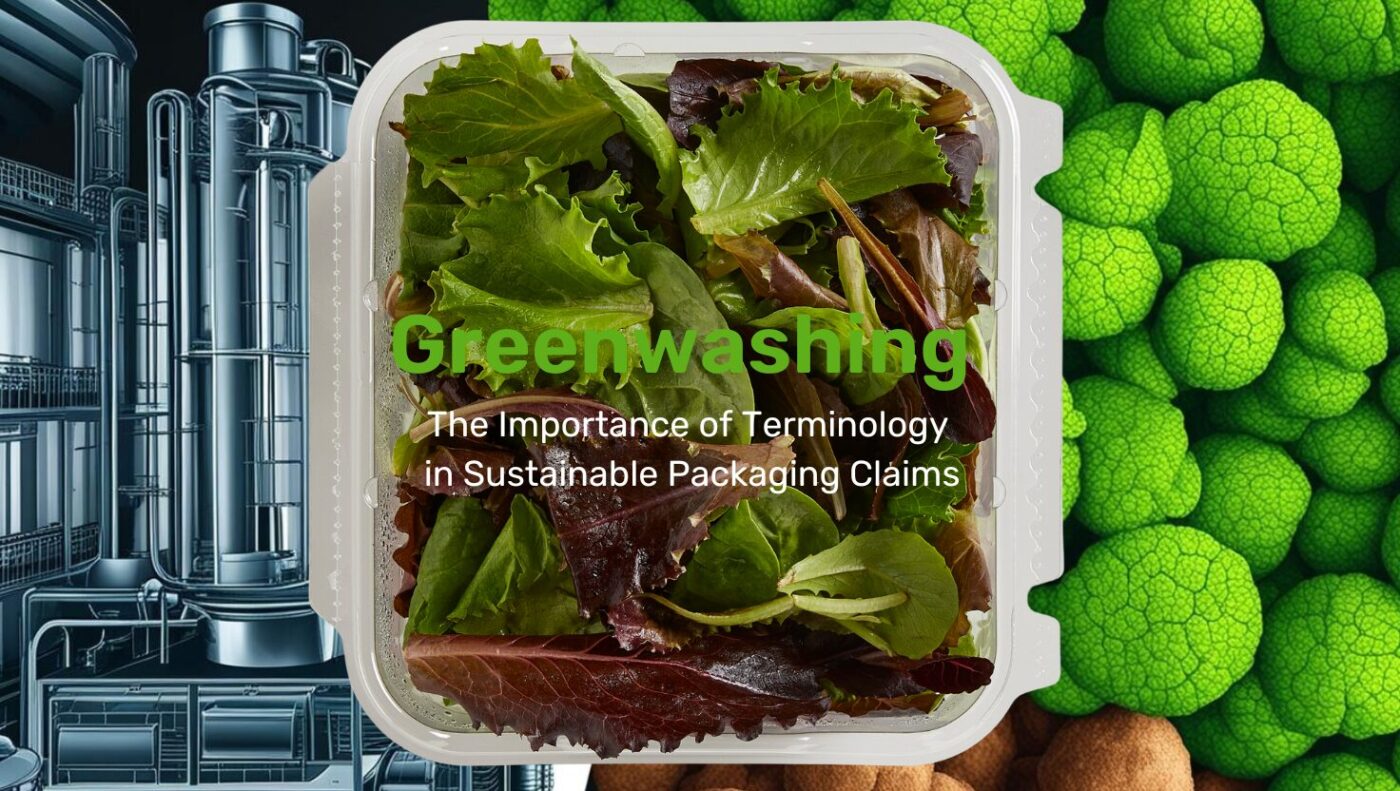
Understanding the Language of Sustainability As the push for sustainable packaging grows,…


According to the United Nations’ Food and Agriculture Organization (UN FAO), food waste has become a massive worldwide issue clearly illustrated by the following statistics:
· Wasted food accounts for 1.3 billion out of the 6 billion metric tons of edible food produced worldwide each year
· As much as 25% of residential food waste can be traced back to packaging size or design
· The food production process commonly causes food to go to waste before it’s ever available to consumers
Food waste is a problem that sits at the center of a wealth of environmental, humanitarian, and economic issues—the monetary consequences of this total $1.3 billion in wasted value each year. The food and beverages industries in particular grapple annually with food loss due to spoilage.
This spoilage occurs at various points throughout the supply chain. From inefficient agriculture practices to damage in transit and misleading sale-by date labeling, consumers and businesses alike find themselves frequently tossing out entirely edible food.
The bulk of consumers aren’t aware of the role food packaging plays in the prevention of food waste.
Proper food packaging should be seen as a critical investment. It conserves resources and helps companies and manufacturers convey valuable information to consumers. Many consumers don’t understand the stresses and strains of the food production and supply chain; for this reason, most people don’t consider how and why their food is protected.
When fresh goods are packaged, even in cases where the packaging is not recycled, they come with a smaller environmental footprint than their unpackaged counterparts. This is for several reasons. Proper packaging leads to fewer greenhouse gas emissions and fewer instances of food waste, resulting in a lower carbon footprint overall.
Proper packaging contributes to the prevention of food spoilage and addresses the variety of needs that come from consumers’ lifestyles and demographics. It can help ensure food quality both within the supply chain and inside consumer homes and inform people of the proper ways to store and use those products.
Also, implementing a solid packaging strategy can boost the shelf life of foods and make portion sizes clearer to consumers.
Manufacturers, retailers, and consumers all have plenty of options when it comes to changing the current state of food waste. Package functionality plays a critical role in the prevention of damage in retail applications and at home.
Packaging offers physical and barrier protection to the food. It should protect against defects and delay spoilage that often occurs with unpackaged options. Most packaging also boasts security features that prevent tampering or make tampering apparent to the consumer.
Food packaging is engineered to facilitate properties that promote shelf stability. Nutrition labels and pre-portioned packages allow for more appropriate and efficient portion control. Plus, there’s plenty of room to squeeze in marketing that encourages food sales.
At Plastic Ingenuity, we focus on implementing green solutions to common plant and supply chain issues. We partake in a variety of environmentally friendly practices to reduce our carbon footprint and engage in sustainable business. Some of our efforts include:
· Recycling 100% of eligible materials utilized in all operations
· Practicing closed-loop extrusion and production scrap reprocessing – helps avoid landfilling of waste plastics
· Maintaining an active membership of the Wisconsin DNR Green Tier Program
· Opting for high-efficiency LED lighting systems outfitted with motion-sensor technology – demonstrated reduced energy consumption of 66%
· Utilizing the excess heat produced by thermoforming to heat warehouses
· Implementing a closed-loop water cooling system – No water required to be drawn from municipal water systems
· Advising clients regarding sustainable packaging options
For more information about our sustainability efforts to create a better package that preserves freshness and improves your brand, contact us today.
